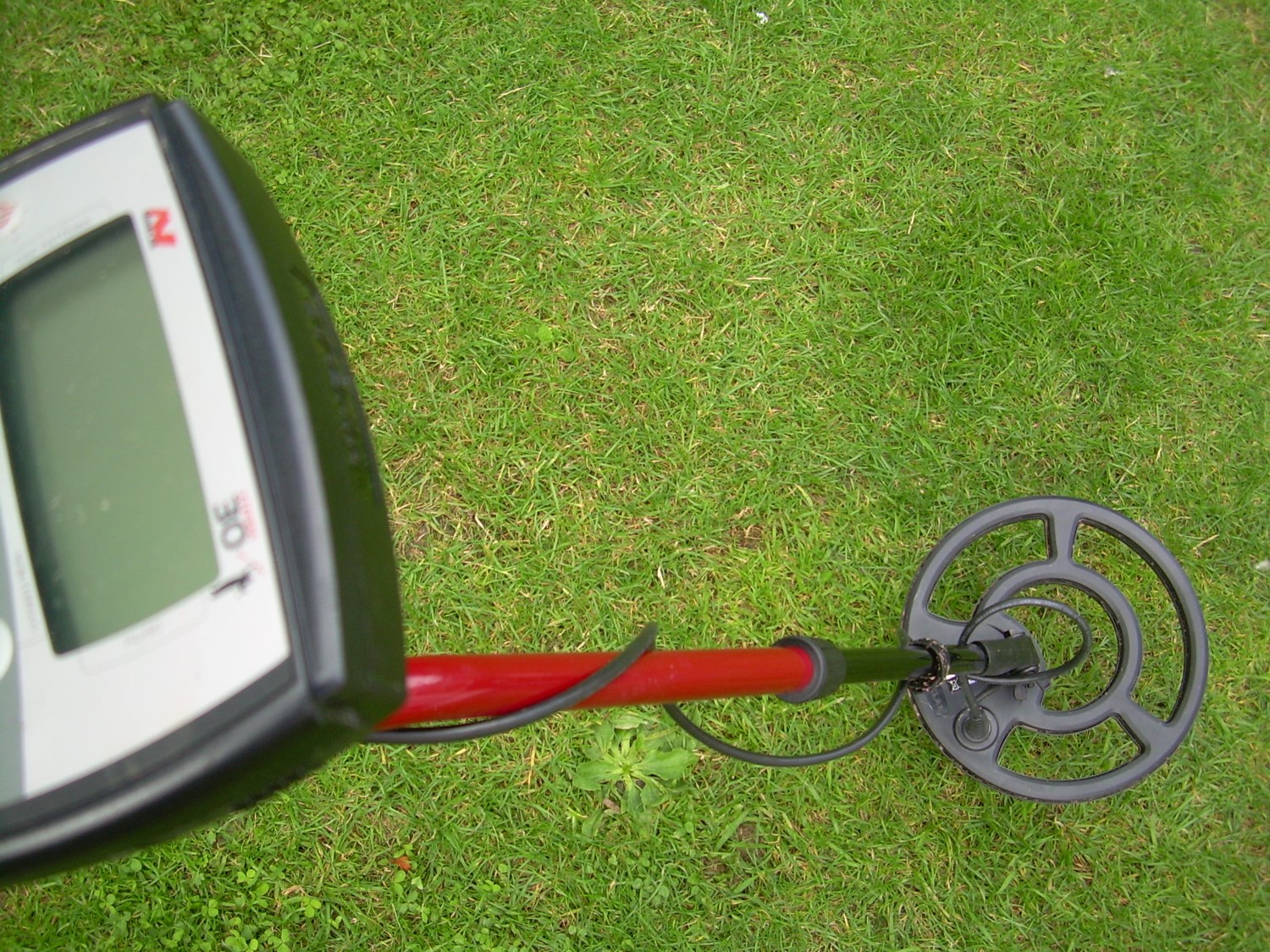Types of Battlefield Threats

There are a range of ways that battlefields can be harmed, including:
Development: manmade development can radically alter the terrain features on a site of conflict, destroy extant stratified (for example grave pits) or unstratified (for example lead shot distributed in the top soil) archaeology and affect the lines of sight of the opposing armies and commanders.
Archaeological Contamination occurs when battlefields are used for non-agricultural purposes which result in material being deposited which can hinder or confuse future archaeological surveys. At Cropredy Bridge (1644) part of the action occurred over an area which is now used for the annual Cropredy music festival. Whilst the site is cleaned after each event, modern detritus, particularly coins, ring-pulls from canned drinks and tent pegs, find their way into the top-soil and make systematic surveying of the battlefield slow and difficult. Re-enacting on battlefields can also cause problems for archaeological surveys as replica arrow heads, buckles, bullets, buttons, powder flasks and the like, if lost, can be confused with those deposited in battle and, if not identified, corrupt the survey data collected.
Agricultural Threats can affect the archaeology of battlefields. The rate of corrosion of metal artefacts in soil is determined by the soil chemistry, the length of time an object has been in the ground and the metal composition of artefact. Mechanical damage as part of cultivation and the extent of drainage of land (good drainage can increase soil acidity) can have an impact on battlefield archaeology. Since the end of the Second World War, increased use of agrochemicals affecting soil pH and more mechanical means of cultivation have also potentially placed battlefield artefacts under greater threat of decay and damage.
Metal Detecting: The greatest threat to battlefield archaeology is from non-systematic survey and collection of artefacts. Interpretation of battlefield archaeology depends on being able to understand systematically the relative density of finds across the landscape. Hobby detectoring that is done without accurate recording and reporting removes the archaeological evidence of battle, degrading the resource whilst preventing the evaluation of finds data that is possible were survey work to be carried out to best practice standards.


